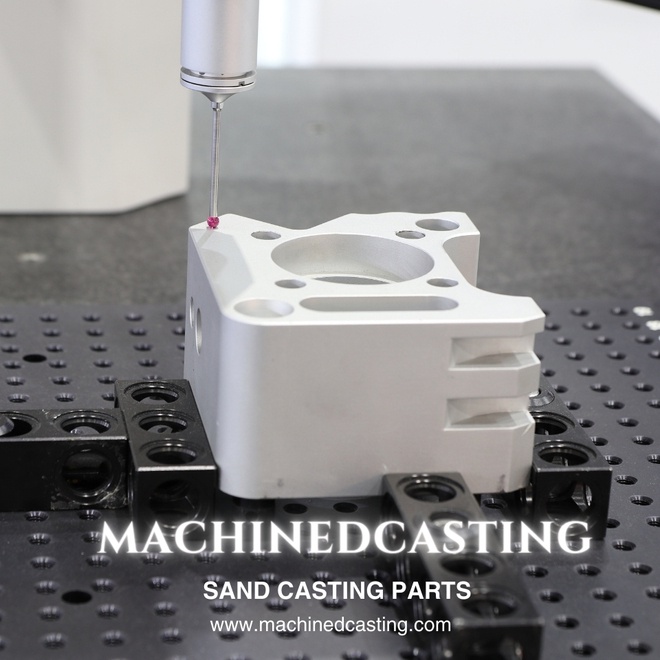Sand casting is one of the oldest and most versatile methods for creating metal parts. Its simplicity and adaptability make it a preferred choice for various industries, from automotive to aerospace. In this guide, we will take you through the process of sand casting parts, from preparation to finishing touches, ensuring that you can produce high-quality parts with precision and efficiency.
-
Understanding Sand Casting: Sand casting parts involves pouring molten metal into a mold cavity formed in sand. The basic principle is to create a negative impression of the desired part in a compacted sand mold, which is then filled with molten metal to produce the final piece.
-
Material Selection: Choose the appropriate sand for your sand casting parts process. Typically, silica sand is used due to its high heat resistance and ability to form intricate molds. Additionally, select the metal alloy suitable for your part’s requirements, considering factors like strength, corrosion resistance, and cost.
-
Pattern Making: Begin by creating a pattern of the part you intend to cast. This pattern can be made from various materials such as wood, plastic, or metal. Ensure that the pattern is precise and dimensionally accurate to produce quality molds.
-
Mold Preparation: Prepare the mold by compacting the sand around the pattern in a molding box. This can be done manually or with the help of machinery. Make sure to create proper gating and riser systems to facilitate the flow of molten metal and minimize defects like porosity.
-
Pouring the Metal: Once the mold is prepared, heat the metal alloy to its melting point in a furnace. Carefully pour the molten metal into the mold cavity through the gating system. Take precautions to prevent metal splashing and ensure uniform filling of the mold.
-
Cooling and Solidification: Allow the metal to cool and solidify within the mold. The cooling rate can influence the properties of the final part, so control it accordingly. After solidification, remove the casting from the mold carefully to avoid damage.
-
Finishing Operations: Post-processing operations such as trimming, grinding, and machining may be required to achieve the desired dimensions and surface finish. Remove any excess material and smooth out rough edges to meet quality standards.
-
Inspection and Quality Control: Inspect the finished part for any defects or imperfections. Use non-destructive testing methods like visual inspection, dye penetrant testing, or X-ray inspection to ensure quality and integrity.
-
Surface Treatment: Depending on the application, apply surface treatments like painting, plating, or coating to enhance the part's appearance and performance. These treatments can improve corrosion resistance, durability, and aesthetics.
-
Recycling and Waste Management: Dispose of unused sand and scrap metal responsibly, following environmental regulations. Consider recycling materials whenever possible to reduce waste and minimize environmental impact.
By following these steps diligently, you can master the art of sand casting parts and produce precision parts with consistency and reliability. Experiment with different techniques and materials to optimize your process and achieve exceptional results. Sand casting may be an ancient method, but with modern advancements and practices, it remains a cornerstone of manufacturing technology.


No comments yet